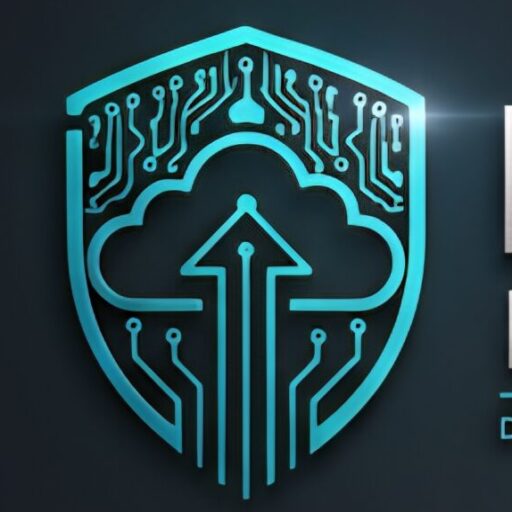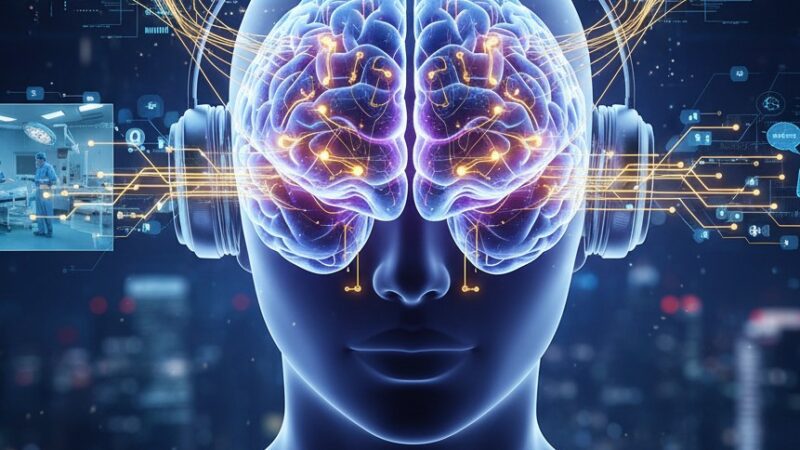Edge Intelligence: How AI at the Source Is Transforming Data Ecosystems

By Brutnow Team | Brutnow Media Company | Technology
Article|Nov 6, 2025 at 17:53 An era dominated by cloud computing and centralized analytics, a quiet revolution is taking shape at the network’s edge. Known as Edge Intelligence, this emerging paradigm combines artificial intelligence (AI) with edge computing, enabling machines to process data closer to its source rather than relying solely on distant cloud servers.
This shift is redefining how enterprises, cities, and industries manage information — and it’s rapidly becoming the backbone of the AI-powered economy.
What Is Edge Intelligence?
Edge Intelligence is the convergence of AI algorithms and edge computing infrastructure. Instead of sending massive data streams to centralized clouds for analysis, AI models now run locally — on devices such as sensors, cameras, routers, and IoT gateways.
This architecture reduces latency, enhances data privacy, and dramatically cuts down bandwidth costs.
For instance:
- A smart factory can detect machine anomalies instantly without waiting for a cloud response.
- Autonomous vehicles can make split-second driving decisions using onboard neural networks.
- Healthcare IoT devices can monitor patients in real-time, ensuring faster response during emergencies.
Why the Shift Matters
As global data volumes explode, traditional cloud systems face increasing bottlenecks. According to IDC, more than 75% of enterprise data will be created and processed outside of centralized data centers by 2025.
Edge Intelligence solves this scalability challenge by decentralizing data processing — allowing faster decision-making at the source.
Key advantages include:
✅ Reduced latency: Real-time responses critical for autonomous systems and robotics.
✅ Enhanced security: Sensitive data stays local, minimizing exposure to breaches.
✅ Operational resilience: Even if internet connectivity drops, edge devices continue functioning.
AI at the Edge: The Real-World Impact
AI’s integration into edge devices is powering a new class of intelligent ecosystems:
- Smart Cities: AI cameras analyze traffic patterns, detect accidents, and optimize signals autonomously.
- Retail: Edge AI analyzes in-store behavior, enabling dynamic shelf restocking and personalized offers.
- Energy Management: Smart grids balance power loads and detect faults using predictive analytics.
- Manufacturing: Machine vision systems perform real-time quality checks, reducing production waste.
These deployments mark a critical step toward self-learning infrastructure, where devices don’t just sense — they think and act locally.
The Cloud–Edge Synergy
While edge intelligence decentralizes computation, it doesn’t eliminate the cloud — it redefines its role.
Cloud systems now serve as a central intelligence layer, training large AI models that are then deployed to edge devices. These devices learn locally and periodically sync with the cloud, creating a continuous learning loop between the center and the periphery.
This hybrid model — often called distributed intelligence — ensures scalability, security, and adaptability across the entire data ecosystem.
Challenges Ahead
Despite its promise, Edge Intelligence faces several hurdles:
- Hardware limitations in running complex models on small devices.
- Interoperability issues across vendors and data formats.
- Regulatory constraints around data sovereignty and privacy.
Overcoming these barriers will require open-source collaboration, AI model compression, and standardized edge frameworks that balance innovation with accountability.
The Future of Intelligent Infrastructure
As AI becomes ubiquitous, Edge Intelligence is set to become the nervous system of digital economies. It enables cities to think, machines to adapt, and industries to act — all in real time.
From autonomous vehicles to next-generation manufacturing, the fusion of AI and edge computing is building a resilient, low-latency, and hyper-personalized world.
In the coming decade, the edge won’t just connect devices — it will empower intelligence itself.
External Resources:
- World Economic Forum: The Future of Edge AI
- MIT Technology Review: Edge Computing and AI
- OECD Digital Economy Outlook 2025




